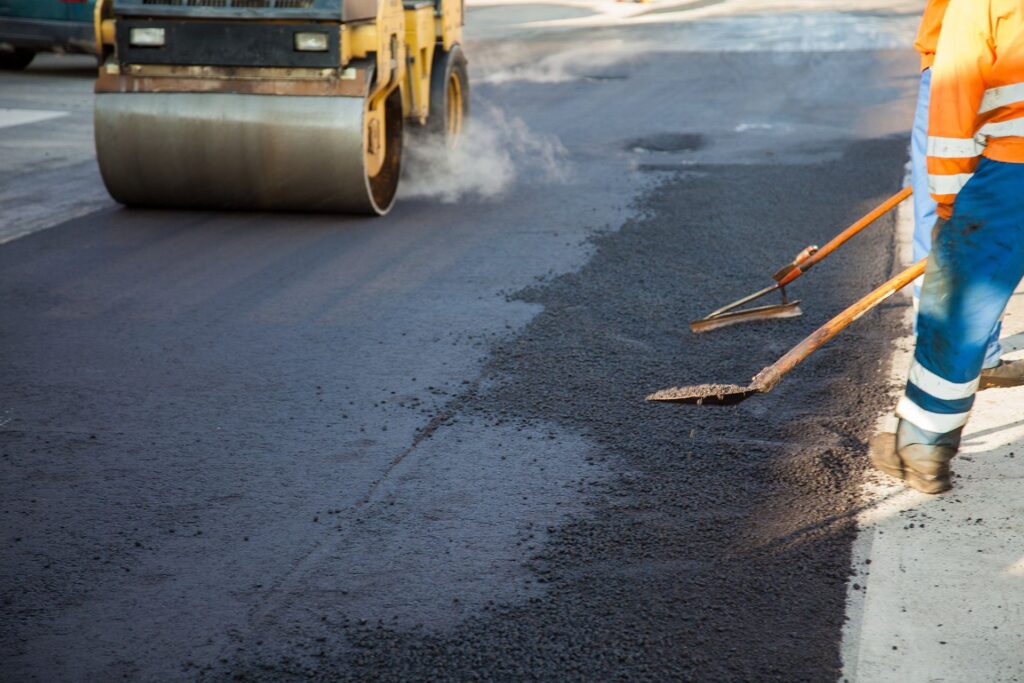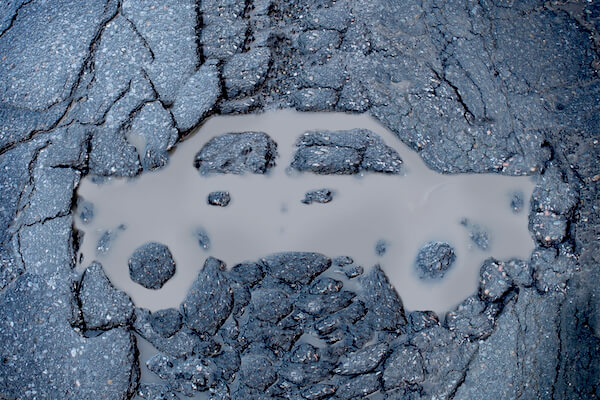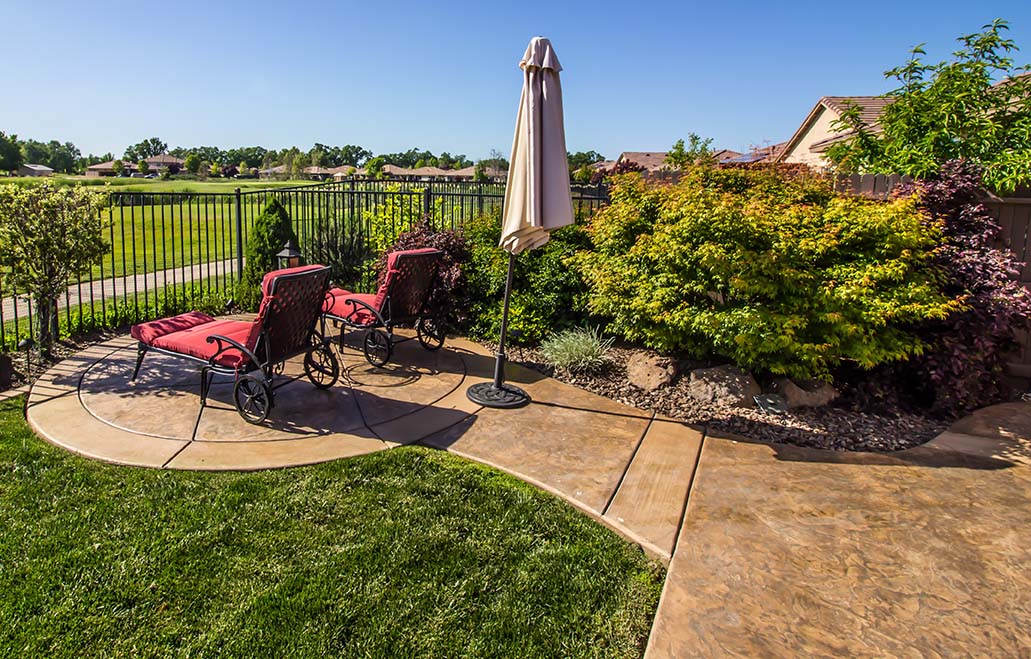Asphalt surfaces are everywhere, from your driveway to parking lots and roads. They provide a smooth ride, but just like any surface, they can face their share of troubles. Let’s dive into some common asphalt problems and how to tackle them.
Cracks: The Sneaky Saboteurs
Cracks in asphalt are like little fissures in your favorite mug. At first, they might seem harmless, but if left unattended, they can turn into bigger issues. Small cracks can quickly expand due to weather changes, moisture, and heavy traffic.
Fixing Cracks
To repair cracks, start by cleaning out the debris. You can use a wire brush or a vacuum. Once cleaned, fill the cracks with a sealant. For larger cracks, consider using asphalt patching material. This way, you’ll restore your surface and prevent water from seeping in, which can cause even more damage.
Potholes: The Deep Dangers
Potholes are more than just annoying; they can damage your vehicle and pose a safety risk. They often form when moisture seeps into the asphalt, then freezes and expands, causing the surface to break apart. Potholes can feel like craters and are often created after a long winter.
Repairing Potholes
Fixing a pothole isn’t as daunting as it might seem. Begin by cutting away any loose asphalt around the edges. Next, fill the hole with cold patch asphalt material. Pack it down firmly, ensuring that it’s level with the surrounding surface. It’s like putting the final piece back into a puzzle—you want it to fit just right!
Raveling: The Asphalt Erosion
Raveling happens when the asphalt begins to lose its small stones and aggregates. This can lead to a rough surface, making your drive feel bumpy. It’s like a sweater that’s starting to fray — it can look shabby and less appealing.
Tackling Raveling
To tackle raveling, you might consider applying a fresh coat of sealant. This helps bind the loose particles together. In some severe cases, replacing the top layer of asphalt might be necessary. It’s a bit like giving your old sweater a makeover—make it look good as new!
Fading: The Loss of Color
Over time, exposure to the sun and harsh weather can cause your asphalt to fade, losing that rich black color and turning gray. This not only affects aesthetics but can also reduce traction. Think of it as your favorite pair of shoes losing their luster after many adventures.
Reviving Faded Asphalt
To bring back the vibrancy, apply a seal coat. This protective layer not only restores color but also shields the surface from further damage. It’s like applying sunscreen before heading out—keeping your asphalt safe and looking sharp!

Also read: What are the benefits of using stamped concrete for your patios?
Drainage Problems: The Water Woes
Good drainage is key to asphalt longevity. Poor drainage can lead to water pooling on the surface, accelerating wear and tear. Imagine a sponge left in water; it’s bound to break down eventually.
Solving Drainage Issues
To solve drainage problems, first ensure your gutters and drains are clear of debris. If water keeps sitting, consider installing French drains or even regrading your surface to promote better water flow. This kind of fix is crucial for keeping your asphalt in shape.
Conclusion: Keep Your Asphalt Happy
Asphalt problems can feel overwhelming, but with a bit of knowledge and some simple fixes, you can keep your surfaces in top shape. By addressing cracks, potholes, raveling, fading, and drainage issues, you’ll enjoy a smooth drive for years to come. Regular upkeep is key—think of it as routine maintenance for your car. A little care today can save you big headaches tomorrow!
Article Reference:
Whiteout Group
Expert Asphalt Services in Winnipeg
2141 Logan Ave, Winnipeg, Manitoba
R2R 0J3
(204) 283-9420




